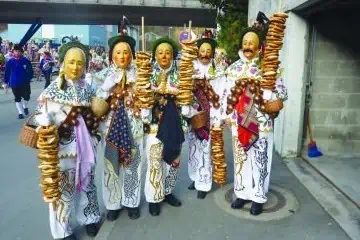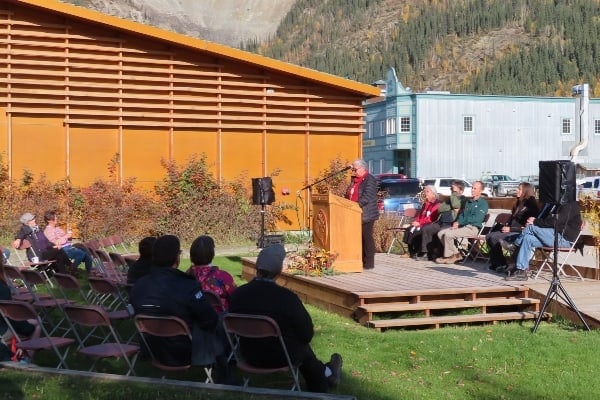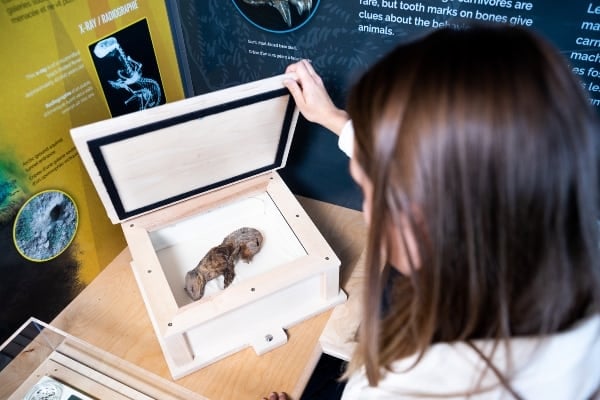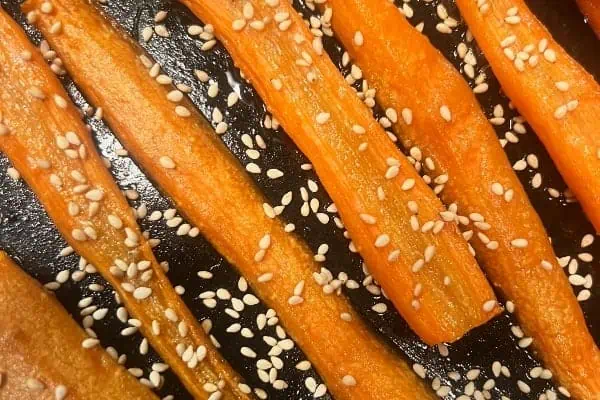
I am not a homesick person, but I can hear the Black Forest calling me home during Fastnacht, which means carnival. For many people in southern Germany, Fastnacht is a far more important holiday then Christmas. Families gather and celebrate ancient traditions.
It is the best time to travel to the Black Forest and to see a different side of it. At first, the Fastnacht tradition may bewilder, but soon you be dancing in the streets with strangers.
But there is a deeper and darker side to it. The pre-Lent festivities happen in the week before Ash Wednesday, which was on February 18 this year. Fastnacht goes back to the 1500s when people used the week before Lent to sin and rebel against the church by dressing as fools, devils, or animals. In the small town of Elzach (140 km from Stuttgart), Fastnacht starts on the Sunday before Ash Wednesday. It is easy to get scared in Elzach, because their Fastnacht traditions include dressing as devils, which they call Schuttig. Only men are allowed in costumes. Their wooden masks are handmade and come in many scary variations. They wear a hat in the shape of a triangle decorated with empty snail houses. Part of the costume is a stick with a dried pork bladder that looks like a balloon, but smells anything but fancy. Butchers in town collect and dry pork bladders for months beforehand.
The parade starts in the evening. At 6 p.m. sharp, all the streetlights go out and one can imagine how the town looked in the middle ages. For a moment there is silence. Then, in the lambent of torchlights, which the devils hold in their hands, the parade begins. The marching band plays, the Schuttig jump, growl, and swing dried bladders. The highlight of the parade is the bonfire, where the leader of the Schuttig — the only devil dressed in black — jumps over the fire. After the parade, it is worth exploring the town and the many pubs set in private garages, schools, and tents — only open during Fastnacht. Music is everywhere, and you will meet the Schuttig. They are not allowed to lift their mask in public. Some restaurants and bars offer separate rooms for them to eat and drink.
I recommend spending Shrove Tuesday in Oberndorf (50 kilometres from Elzach), but not because it is my hometown. It has a lot to offer besides Fastnacht: it is famous for its old monastery, and the weapon museum of the Mauser factory. But do the sightseeing later, during Fastnacht it is time for ancient traditions. The parade starts at 10 a.m. People line up early on Main Street; the best place to see it is in front of the old city hall. The tradition is different from the traditions in Elzach: Women are allowed to wear costumes as well, which get passed on from generation to generation.
Fastnacht in Oberndorf is about celebrating the upcoming spring, making noise, and giving goodies: The fools will bring the audience candies, pretzels, oranges, and dried blood sausages. In order to get goodies, you have to sing Fastnachts-songs. Don’t worry if you don´t know the lyrics — people are willing to teach you.
There are three types of fools. The first is Narro. His costume contains bells and shows hand painted images of the town. He represents the upcoming spring and carries fresh baked pretzels for the audience. Pretzels are a symbol of fertility. The second fool, Schantle, represents an old man, the wooden mask showing wrinkles and warts. He hands out oranges and sausages, holding a rod with a sausage so people have to fish them with their mouth. The last fool is Hänsele; he gives candies from his basket and shakes the bells of his costume. Marching bands play between the groups of fools.
When the parade is over, people gather in front of the old city hall, and everybody dances in the street. In the evening, the celebrations come to an end and you can feel a sense of mourning; Fastnacht is over, but luckily, it will all start again next year.




